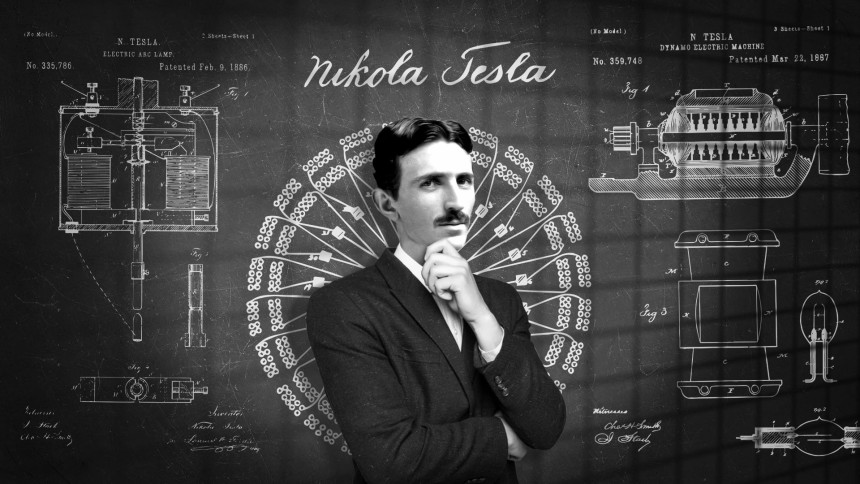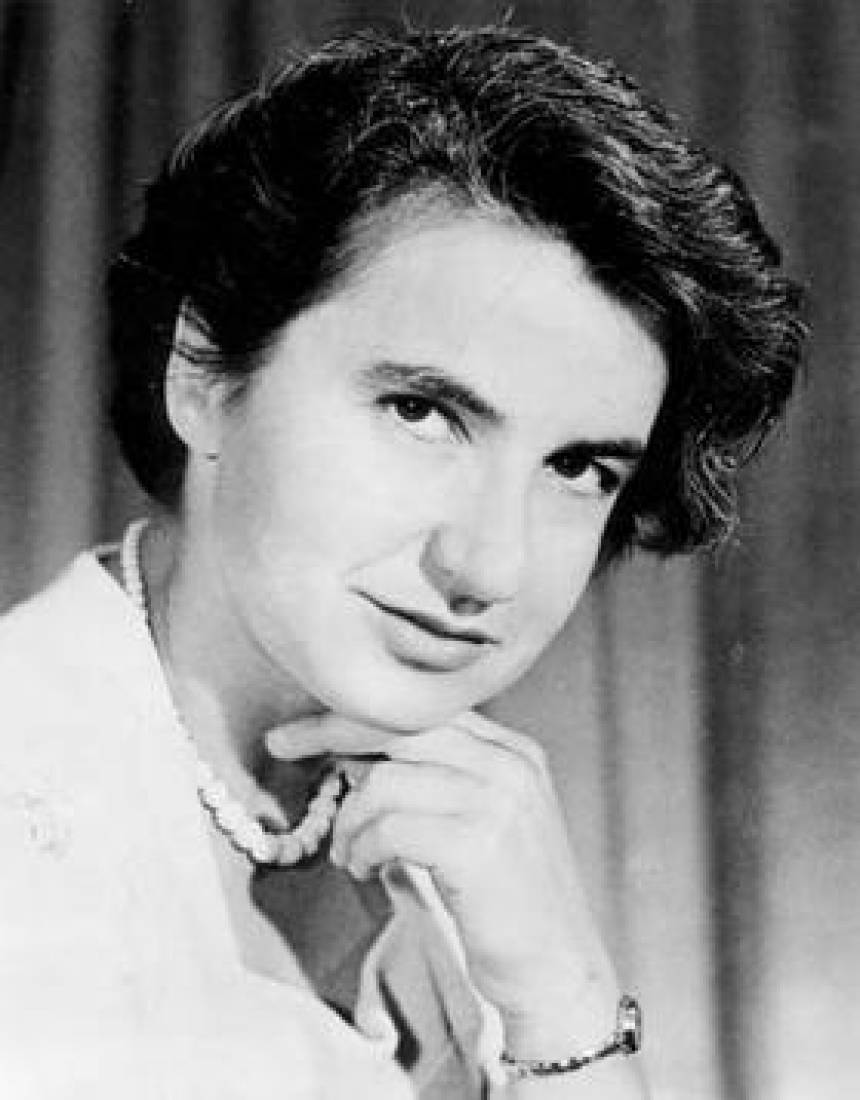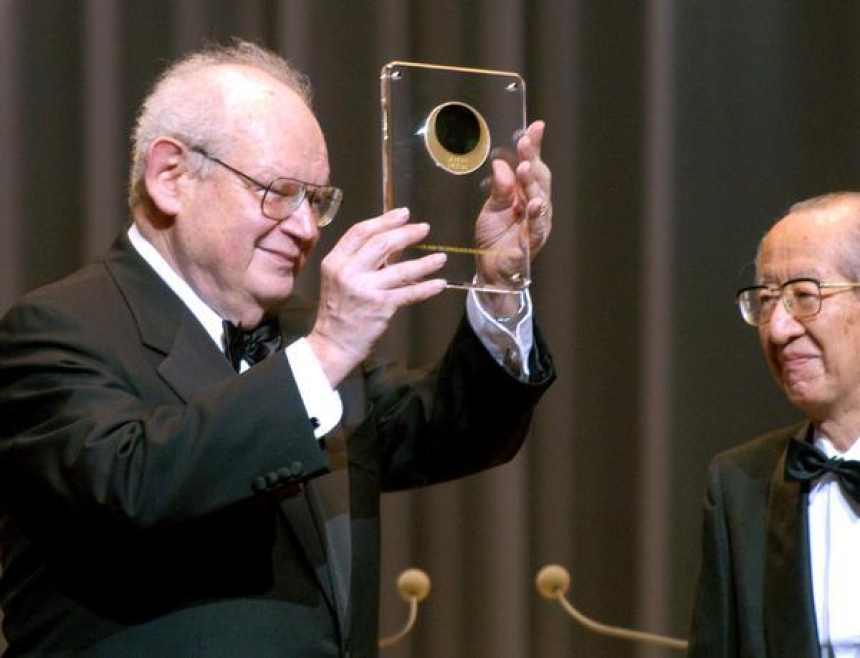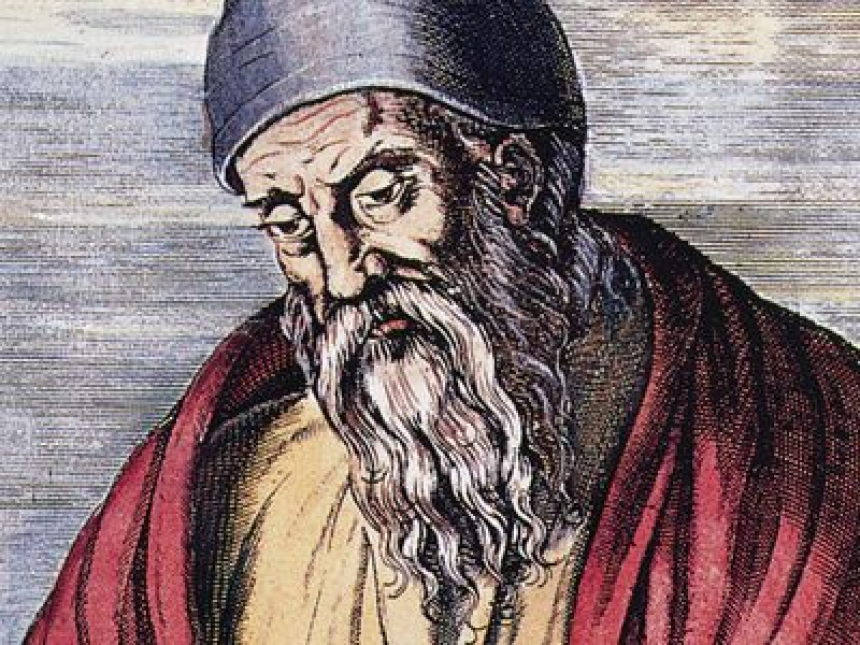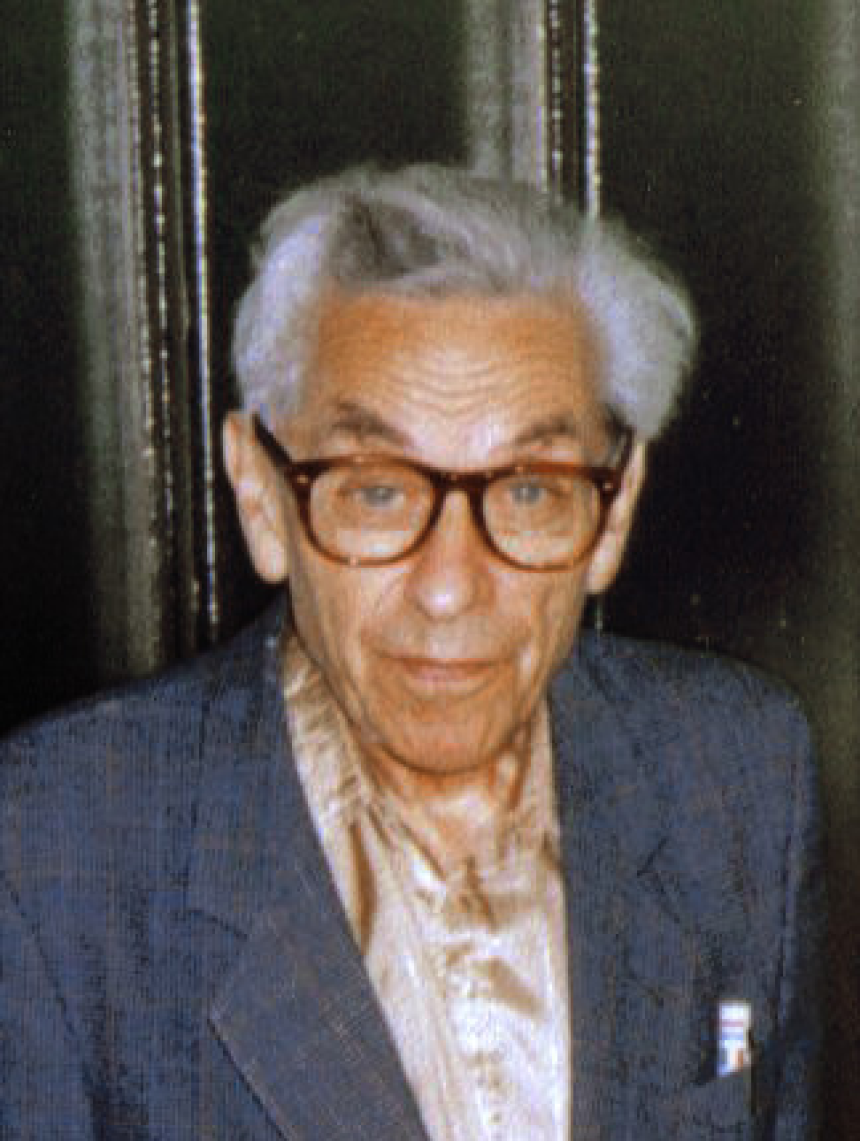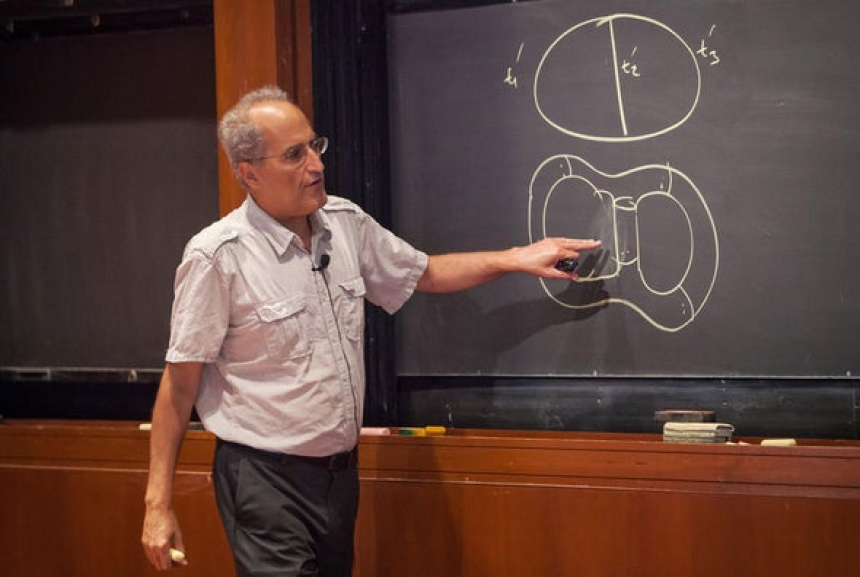
Edward Witten
Edward Witten: The Genius Behind Superstring Theory
Edward Witten: The Genius Behind Superstring TheoryEdward Witten, born on August 26, 1951, is an eminent theoretical physicist known for his ground-breaking contributions to the field of superstring theory and his work in merging general relativity and quantum mechanics. Witten is often regarded as one of the greatest minds in theoretical physics, and his discoveries have significantly advanced our understanding of the fundamental laws of the universe.
Rise to ProminenceWitten's journey towards becoming a leading physicist began during his early years as a student. He attended Brandeis University, where he pursued a Bachelor's degree in History with a minor in Linguistics. However, it was during his time at Princeton University, where he pursued his doctoral studies in physics, that he embarked on his groundbreaking research.
After completing his Ph.D., Witten quickly gained recognition for his remarkable contributions to both mathematical physics and quantum field theory. His groundbreaking work on superstring theory, particularly the development of M-theory, has revolutionized the field and has provided a unified framework to understand the fundamental forces of nature.
Superstring Theory and M-TheorySuperstring theory proposes that the fundamental particles of the universe, such as electrons and quarks, are not point-like particles but rather tiny, vibrating strings of energy. These vibrations give rise to different particle properties, including their mass and charge. This theory offers a potential means to unite the fundamental forces of nature – gravity, electromagnetism, the strong nuclear force, and the weak nuclear force – into a single, consistent framework.
Witten's groundbreaking contribution to superstring theory is his development of M-theory, which aims to unify various string theories that appeared to be different manifestations of the same underlying theory. M-theory suggests the existence of not only one-dimensional strings but also two-dimensional membranes and higher-dimensional entities called "branes." M-theory has provided deeper insights into black holes, the nature of spacetime, and has led to breakthroughs in understanding the connection between quantum mechanics and gravity.
Recognition and LegacyEdward Witten's contributions to theoretical physics have earned him numerous accolades and recognition. In 1998, he was awarded the Fields Medal, which is often referred to as the "Nobel Prize of Mathematics." He is also a recipient of the Dirac Medal, the Albert Einstein Medal, and has been awarded the Fundamental Physics Prize. Witten has made significant impacts on the fields of mathematics and physics and is highly regarded for his ability to bridge the gap between the two disciplines.
Witten's legacy extends beyond his scientific achievements. His brilliance, dedication, and passion for understanding the mysteries of the universe have inspired countless aspiring physicists and mathematicians worldwide. Many scientists consider him a role model, and his work continues to shape the field of theoretical physics.
ConclusionEdward Witten's contributions to theoretical physics, particularly in the field of superstring theory and the development of M-theory, have catapulted him to the forefront of the scientific community. His insights have opened new avenues for exploration and greatly influenced our understanding of the fundamental nature of the universe. Witten's work serves as a testament to the power of human intellect and the endless possibilities that lie within the realm of science.
Frequently Asked Questions1. What is Edward Witten known for?Edward Witten is known for his ground-breaking contributions to the field of theoretical physics, particularly in the area of superstring theory and the development of M-theory.
2. What is superstring theory?Superstring theory proposes that the fundamental particles of the universe are not point-like particles but rather tiny, vibrating strings of energy. These strings give rise to the properties and interactions of particles.
3. What is M-theory?M-theory is a theory developed by Edward Witten that aims to unify various string theories and provides a broader framework for understanding the fundamental forces of nature.
4. What awards has Edward Witten received?Edward Witten has received numerous awards and honors, including the Fields Medal, the Dirac Medal, and the Albert Einstein Medal. He has also been awarded the Fundamental Physics Prize.
5. How has Edward Witten influenced the field of theoretical physics?Edward Witten's work has greatly influenced the field of theoretical physics by providing a deeper understanding of the fundamental forces of nature, black holes, and the nature of spacetime. His insights have inspired and influenced countless physicists worldwide.

